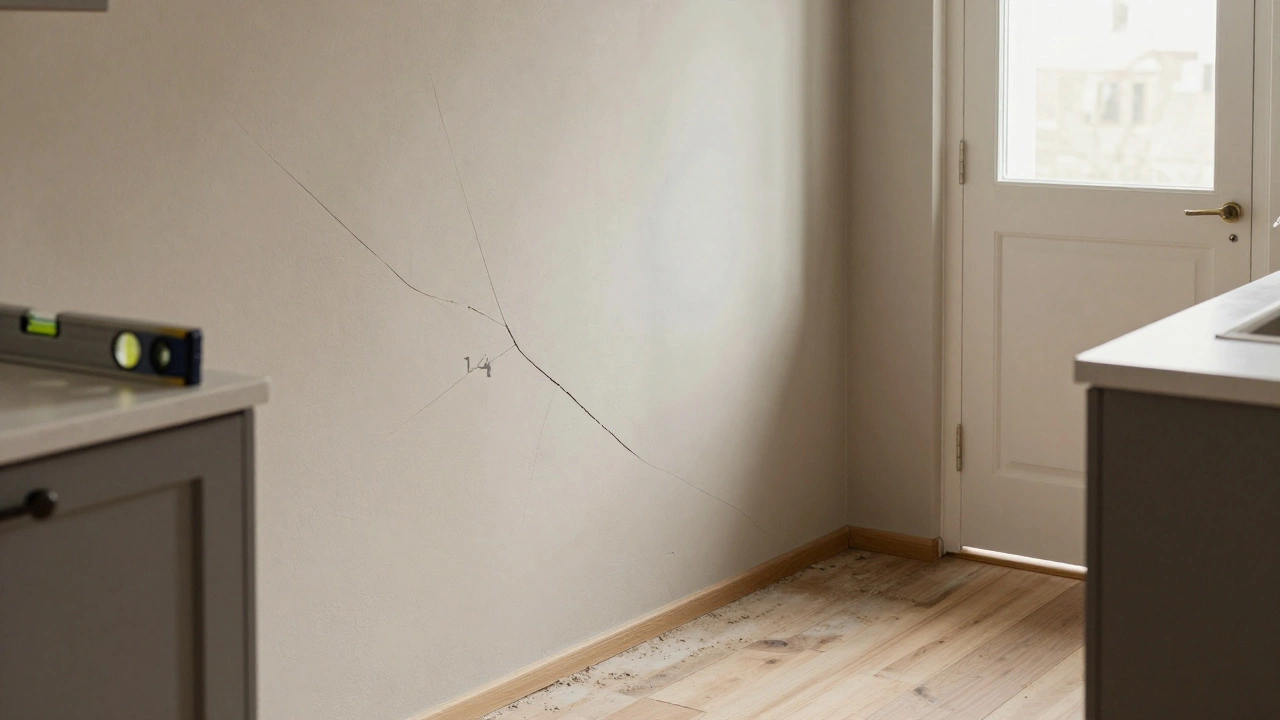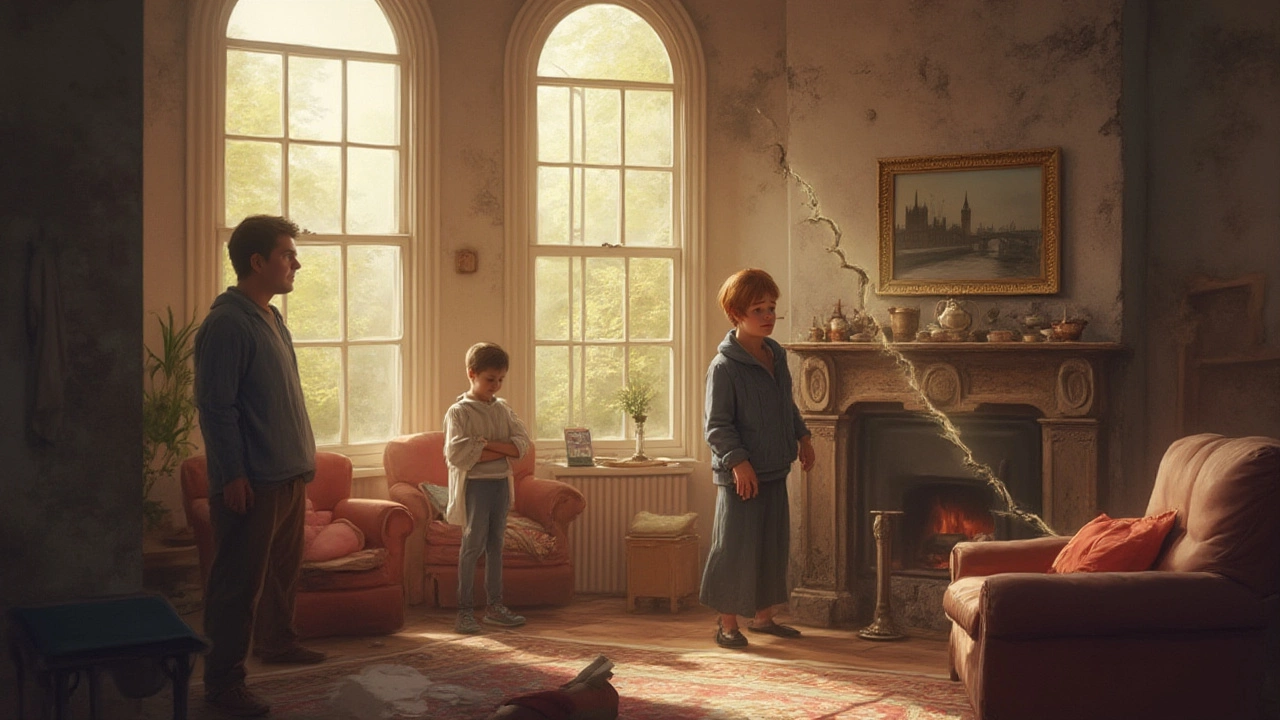Cracked Foundation: Signs, Causes & Repair Tips
If you’ve noticed gaps in your walls or uneven floors, a cracked foundation could be the culprit. It’s not something to ignore, because the longer you wait the more the damage can spread. Below we break down what to look for, why cracks happen, and how to fix them without breaking the bank.
How to Identify Problem Cracks
First, check the pattern. Hairline cracks that are straight and less than 1 mm wide are usually harmless settlement cracks. Wider cracks that zig‑zag, widen over time, or appear near door frames are warning signs. Look for horizontal cracks in the basement or crawl space – those often mean the soil is pushing against the wall, which can threaten the entire structure.
Another red flag is moisture. If you see cracks paired with damp spots, mildew, or a musty smell, water is getting into the foundation and can make the concrete weaken faster. Test it by placing a piece of newspaper on the floor; if it stays damp for a day, you probably have a leak.
Choosing the Right Repair Method
Small, non‑structural cracks can be sealed with epoxy or polyurethane injection. The material fills the gap, hardens, and stops water from seeping in. For larger or horizontal cracks, you’ll likely need carbon fibre stitching or steel reinforcement. These methods tie the wall together and take the pressure off the weak spot.
When the damage is severe, a full foundation underpinning may be required. That involves extending the footings deeper into stable soil, which is more expensive but gives lasting stability. Our article on horizontal foundation crack repair cost breaks down the price range you can expect for each solution.
Before you pick a method, get a qualified surveyor or structural engineer to assess the crack. A professional will measure the width, depth, and movement of the crack over a few days. That data tells you whether you need a quick seal or a full‑scale repair.
DIY fixes can work for tiny hairline cracks, but they won’t stop a structural problem from getting worse. If you’re unsure, call us at McNeil Plumbing & Construction Services – we have the tools and experience to diagnose and fix foundation issues quickly.
While you’re waiting for a repair crew, you can reduce stress on the foundation by keeping the ground around your house dry. Install proper drainage, clean gutters regularly, and avoid planting trees too close to the house. These simple steps can buy you time and keep the soil from shifting.
In summary, spot the crack type, check for moisture, and get a professional assessment. Choose the repair method that matches the severity, and don’t forget basic water management around your home. With the right approach, a cracked foundation doesn’t have to mean a ruined house.
Ready to act? Contact McNeil Plumbing today for a free inspection and get a clear quote for any foundation repair you need.




